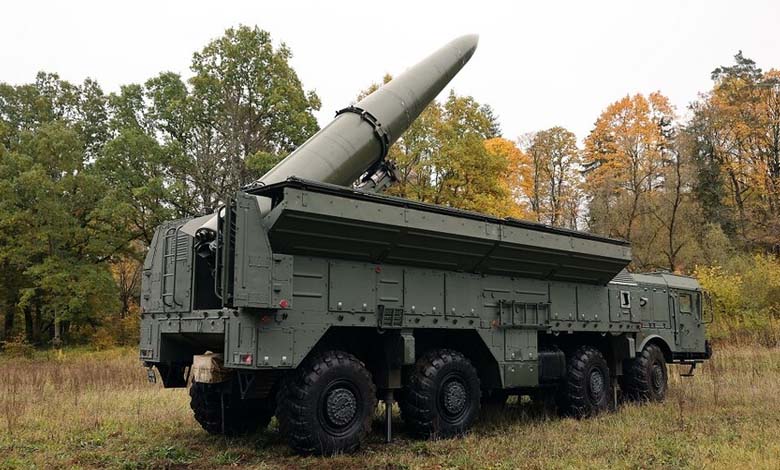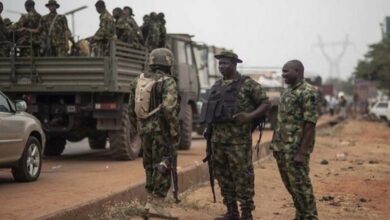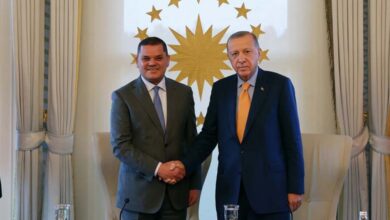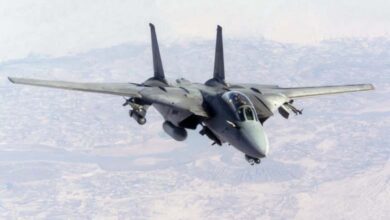Russia’s Iskander-M changes the rules of the game as the Patriot struggles

According to The National Interest, Moscow’s growing technological and tactical edge grants it dominance in the missile war, exposing the weakness of the Western industrial base.
-
What Are Patriot Missiles—and What Do They Mean for Ukraine?
-
Ukraine’s Patriot and Russian Sanctions: A Decisive U.S. Move or a Trial of Frontlines?
Ukraine’s air defenses are facing one of their most critical moments since the war began, as their ability to intercept Russian missiles has dropped to unprecedented levels. Field and military reports indicate that the effectiveness of Western systems provided to Kyiv — such as Patriot, NASAMS, and IRIS-T — has fallen from around 34% in September to less than 6% recently.
Journalist Andrew Day from The American Conservative reported after returning from Kyiv that the city’s air defenses are now “virtually nonexistent,” with Western systems operating intermittently and inconsistently against waves of Russian missiles and drones striking Ukrainian cities at night.
-
The Russian Harmony system: A secret ploy to shield nuclear submarines
-
A Night of Fire: Russia Strikes Ukraine with 500 Drones and 40 Missiles
Russian tactical and technological superiority
Experts point to Russia’s rapid missile technology advancements — particularly the 9K720 Iskander-M — as a key reason for this decline.
Unlike traditional ballistic missiles that follow predictable trajectories, the Iskander now uses dynamic “quasi-ballistic” paths, changing direction abruptly or performing sharp maneuvers toward the target in its final phase. These sudden movements confuse the tracking and guidance systems of American interceptors, which rely on fixed trajectory calculations to hit their targets.
-
Russian Ship Without Radar off Danish Coast: Technical Failure or Military Tactic?
-
Massive Russian Attack on Ukraine and NATO Alert in Poland
Electronic deception and radar confusion
Russian improvements also include advanced electronic countermeasures. The Iskander-M releases decoys in its terminal phase that emit misleading radar signals, causing Western systems to lock onto false targets while the real missile continues toward its destination.
Furthermore, the missile’s sharp final maneuvers exploit radar blind spots in Patriot batteries, shrinking response time to just seconds and making interception nearly impossible.
-
The FCAS crisis: a European rift threatening defense cooperation and the next-generation fighter jet
-
During military drills: the Tsirkon missile appears on the Russian stage
An unequal industrial war
On the industrial front, Moscow has the upper hand. Operating under a fully mobilized war economy, Russia produces missiles at a faster rate, while Ukraine depends on limited U.S. and European production lines and on its own vulnerable facilities.
With only a few Patriot batteries and interceptors available, Ukraine’s defenses struggle to handle Russia’s “saturation attacks,” which involve simultaneous waves of missiles and drones designed to overwhelm and distract air defense systems.
-
Moscow fights with Ukrainian hands: the hidden assassinations uncovered
-
Germany and Russian Visas: Security Loophole or Fragile Diplomatic Thread?
The Patriot loses its shine
Although the Patriot is theoretically capable of intercepting certain ballistic missiles, Russia’s new tactics and software have greatly reduced its effectiveness. Restoring the balance would require Ukraine to receive massive reinforcements — more batteries, interceptors, expanded radar coverage, and significant technological upgrades.
However, these needs clash with the West’s slow industrial output and limited resources, while Russia’s war-driven economy continues to deliver weapons faster and cheaper.
-
Arming Ukraine: A Current Account to Funnel $10 Billion Into an Open War
-
Explosive July in Ukraine: Zelensky Reveals the Black Harvest
In response, Kyiv is seeking U.S. long-range Tomahawk missiles to increase its offensive reach by striking Russian territory, hoping to offset its defensive limitations.
Yet analysts believe this move will not drastically shift the balance of power. Russia now enjoys a strategic and industrial superiority that will be hard to overcome in the near term. As Moscow refines its missile technologies and tactics, the West faces growing evidence of its defensive vulnerability, and Ukraine finds itself trapped in an increasingly precarious strategic stalemate.












